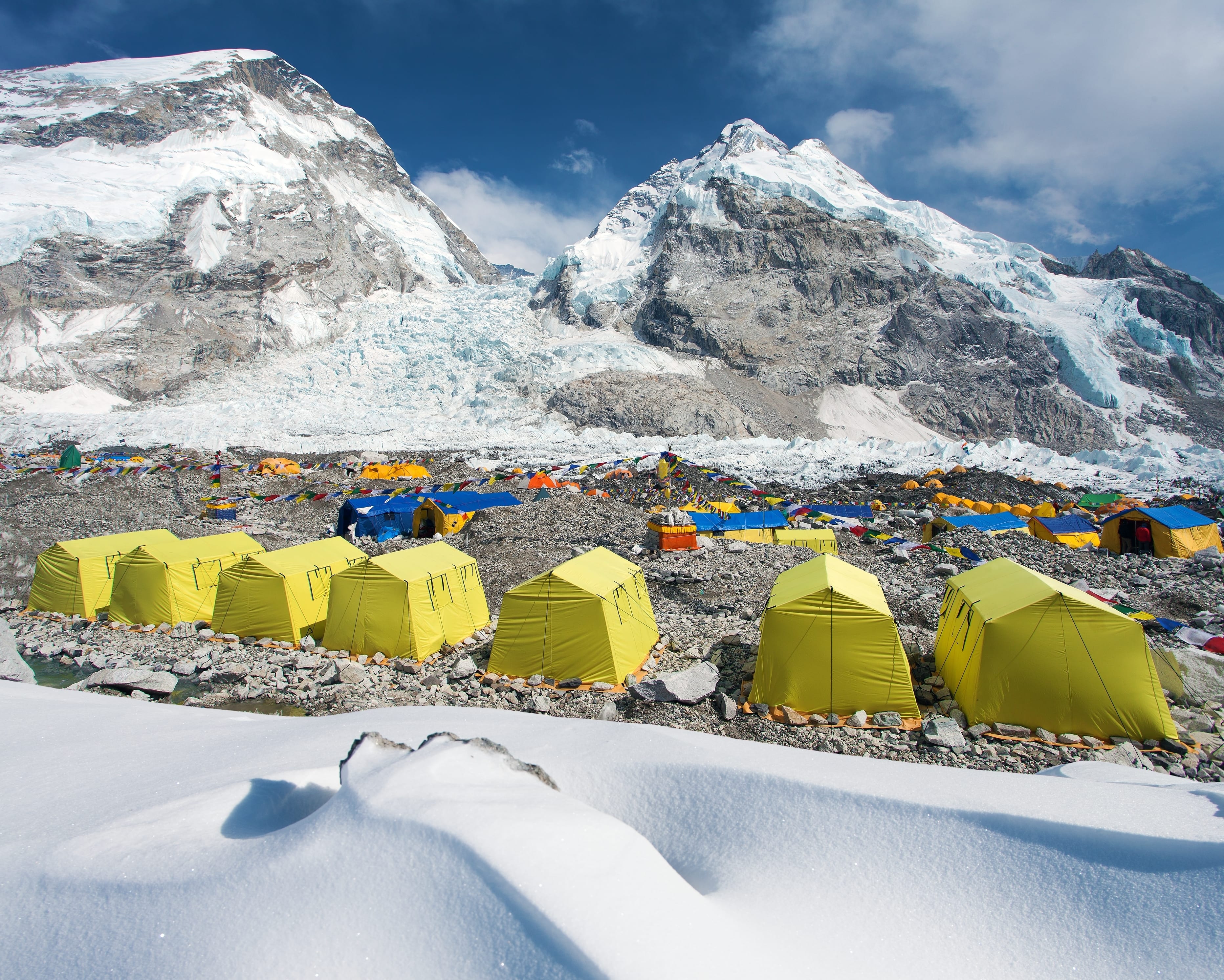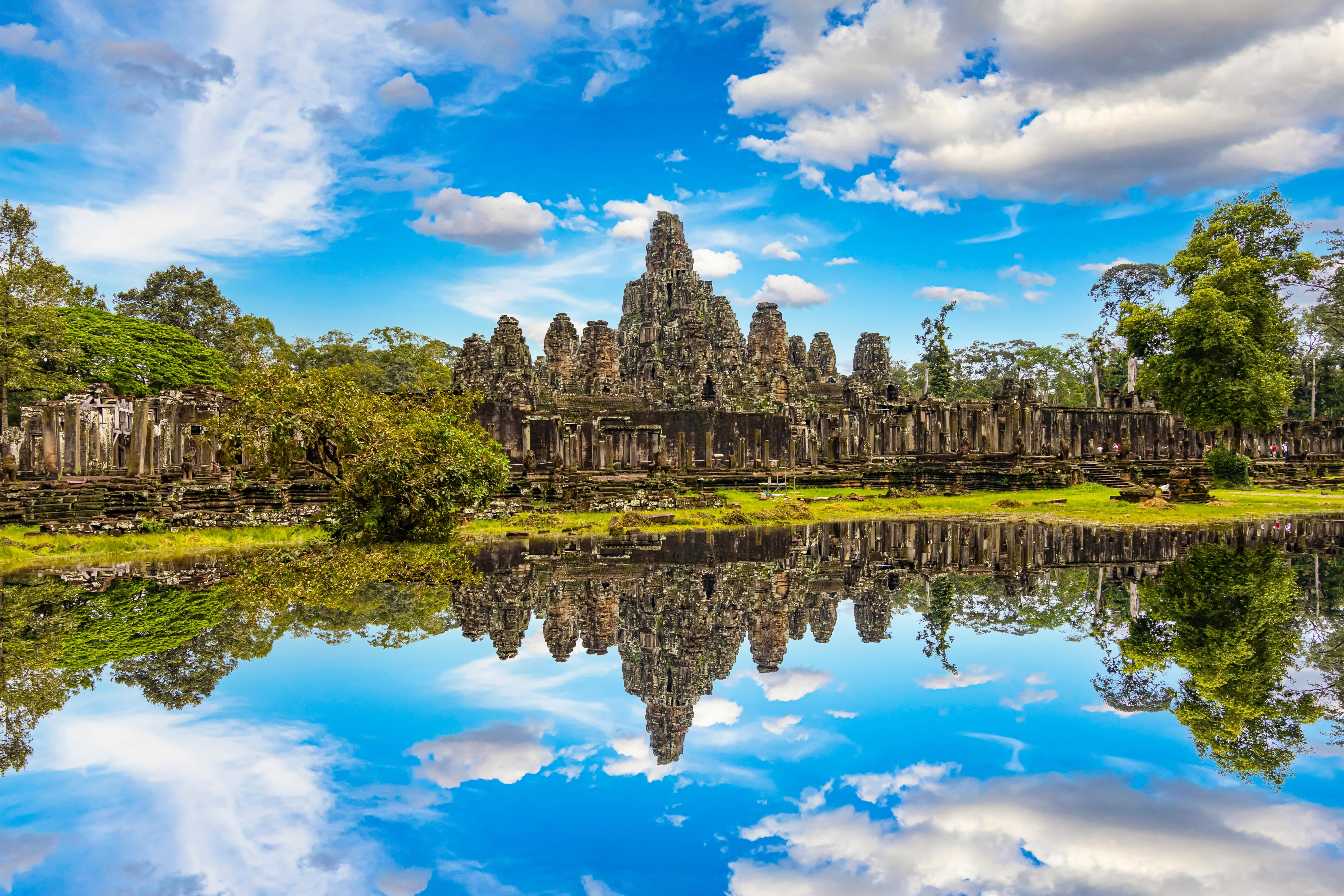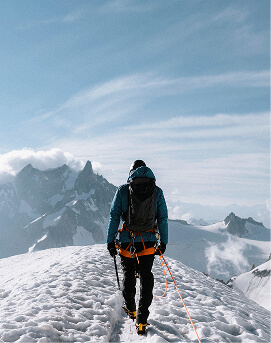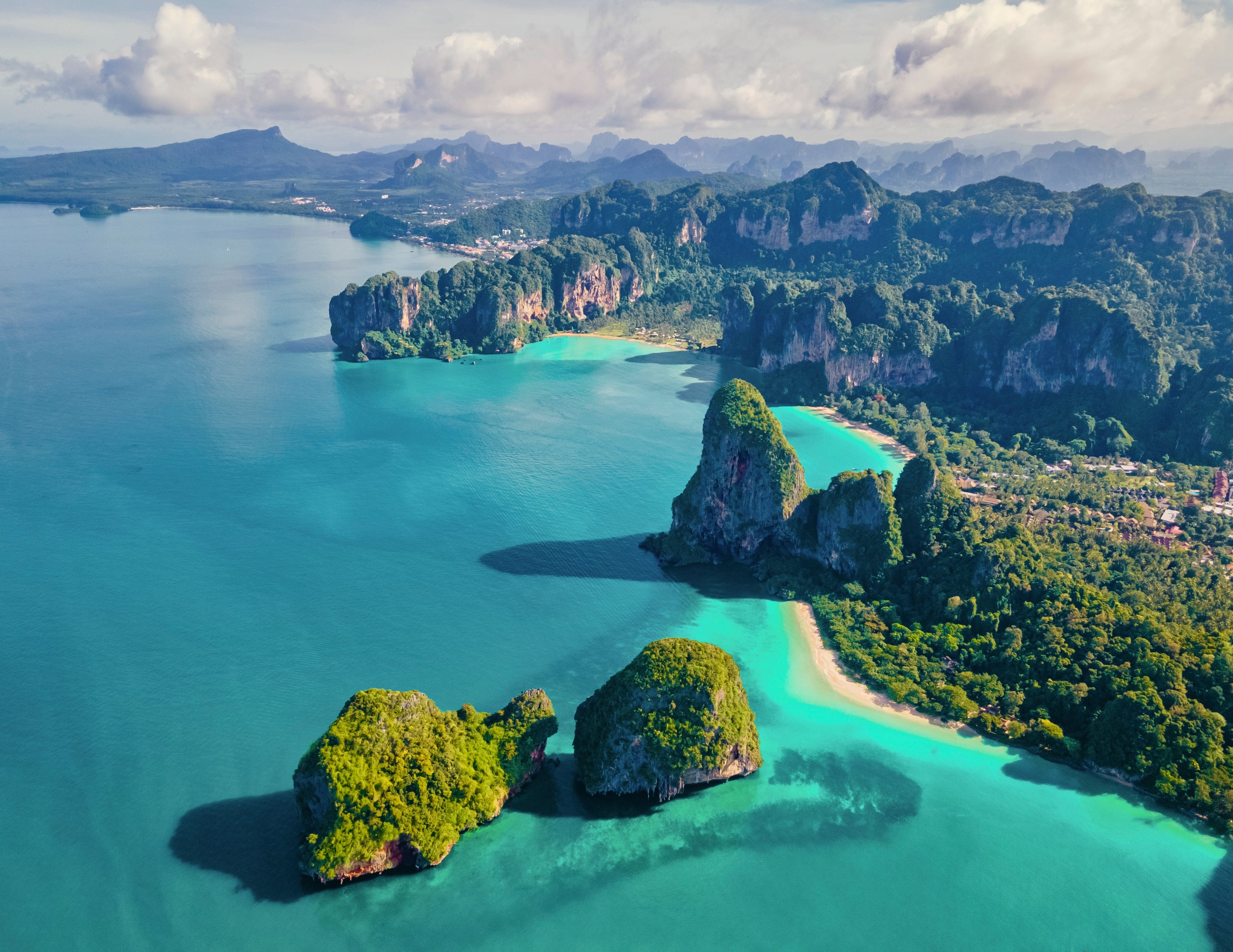
Conquering the Himalayas: Top Treks in Nepal & Bhuta
The Himalayas, the world’s loftiest mountain range, are a paradise for trekkers, adventure seekers, and nature lovers. Towering peaks, lush valleys, ancient monasteries, and vibrant local cultures make Nepal and Bhutan the ultimate destinations for Himalayan trekking. From challenging high-altitude trails to serene routes through remote villages, each trek offers a unique experience of adventure, spirituality, and natural beauty.
Top Treks in Nepal
- Everest Base Camp Trek
One of the most iconic treks in the world, the Everest Base Camp (EBC) Trek takes adventurers through the heart of the Khumbu region. Starting from Lukla, trekkers pass through Sherpa villages, Buddhist monasteries, and dramatic landscapes dotted with prayer flags. The trek culminates at the base of the majestic Mount Everest, offering breathtaking views of the world’s highest peak. Along the way, trekkers can acclimatize at Namche Bazaar and explore the Tengboche Monastery, making it both a physically demanding and spiritually enriching journey.
- Annapurna Circuit Trek
The Annapurna Circuit is famous for its diverse landscapes, ranging from subtropical forests to high-altitude deserts. Trekkers cross the Thorong La Pass at 5,416 meters, one of the highest trekking passes in the world. The route provides panoramic views of Annapurna, Dhaulagiri, and Machapuchare peaks, while winding through charming villages inhabited by Gurung and Thakali communities. Its combination of cultural immersion and natural beauty makes it a favorite among both novice and experienced trekkers.
- Langtang Valley Trek
Located close to Kathmandu, the Langtang Valley Trek is a relatively accessible trek that showcases stunning alpine scenery, glacial lakes, and dense rhododendron forests. This trek is ideal for those seeking solitude and authentic Himalayan culture, as it passes through remote villages and Buddhist monasteries. The valley offers a peaceful trekking experience without the heavy crowds found in Everest or Annapurna regions.
Top Treks in Bhutan
- Druk Path Trek
The Druk Path Trek is a classic Bhutanese trek connecting Paro and Thimphu. Spanning four to five days, it traverses high-altitude passes, alpine lakes, and lush pine forests. Trekkers are rewarded with views of sacred monasteries perched on cliffs and breathtaking vistas of the Himalayas. The trek combines natural beauty with Bhutan’s deep spiritual culture, offering an immersive experience of the kingdom’s serenity.
- Jomolhari Base Camp Trek
One of Bhutan’s most scenic treks, the Jomolhari Base Camp Trek leads adventurers to the foot of Mount Jomolhari, a peak considered sacred in Bhutanese culture. Along the way, trekkers pass through traditional villages, prayer-flagged passes, and pristine landscapes, encountering yak herders and monasteries. This trek blends physical challenge with spiritual immersion, making it ideal for those seeking both adventure and cultural depth.
- Bumthang Cultural Trek
For trekkers interested in culture and moderate hiking, the Bumthang Cultural Trek is perfect. Located in central Bhutan, the trek passes through ancient temples, hot springs, and traditional villages. It offers a rare insight into Bhutanese life, spirituality, and history while allowing trekkers to enjoy serene mountain landscapes. This route is less physically demanding but rich in cultural and spiritual rewards.
Why Trekking in the Himalayas is Unique
Trekking in Nepal and Bhutan is more than a physical challenge—it’s a journey through history, spirituality, and natural grandeur. The Himalayas offer pristine landscapes that are unmatched anywhere else, from glacial rivers to dense forests and dramatic mountain peaks. Moreover, the warm hospitality of local communities, ancient monasteries, and vibrant cultural traditions enrich every trek, creating experiences that stay with travelers long after they descend.
Tips for a Successful Himalayan Trek
- Acclimatize Properly: High-altitude treks require careful acclimatization to prevent altitude sickness.
- Pack Wisely: Include thermal clothing, trekking boots, and basic medical supplies.
- Hire Local Guides: Local guides not only ensure safety but also enrich the journey with cultural insights.
- Respect Local Traditions: Both Nepal and Bhutan have deep spiritual customs; dress modestly and follow local etiquette when visiting villages or monasteries.
- Stay Hydrated and Energized: Carry enough water and snacks for energy during long trekking days.
Conclusion: Embrace the Himalayan Adventure
From Nepal’s challenging high passes to Bhutan’s serene cultural trails, the Himalayas offer unforgettable trekking experiences for all kinds of adventurers. Each trail is a journey through breathtaking landscapes, spiritual heritage, and warm local communities. Conquering these peaks is not just a test of endurance—it’s an exploration of nature, culture, and self-discovery. For those seeking adventure and inner peace alike, the Himalayas remain a timeless destination.
📰 Recent Blogs


